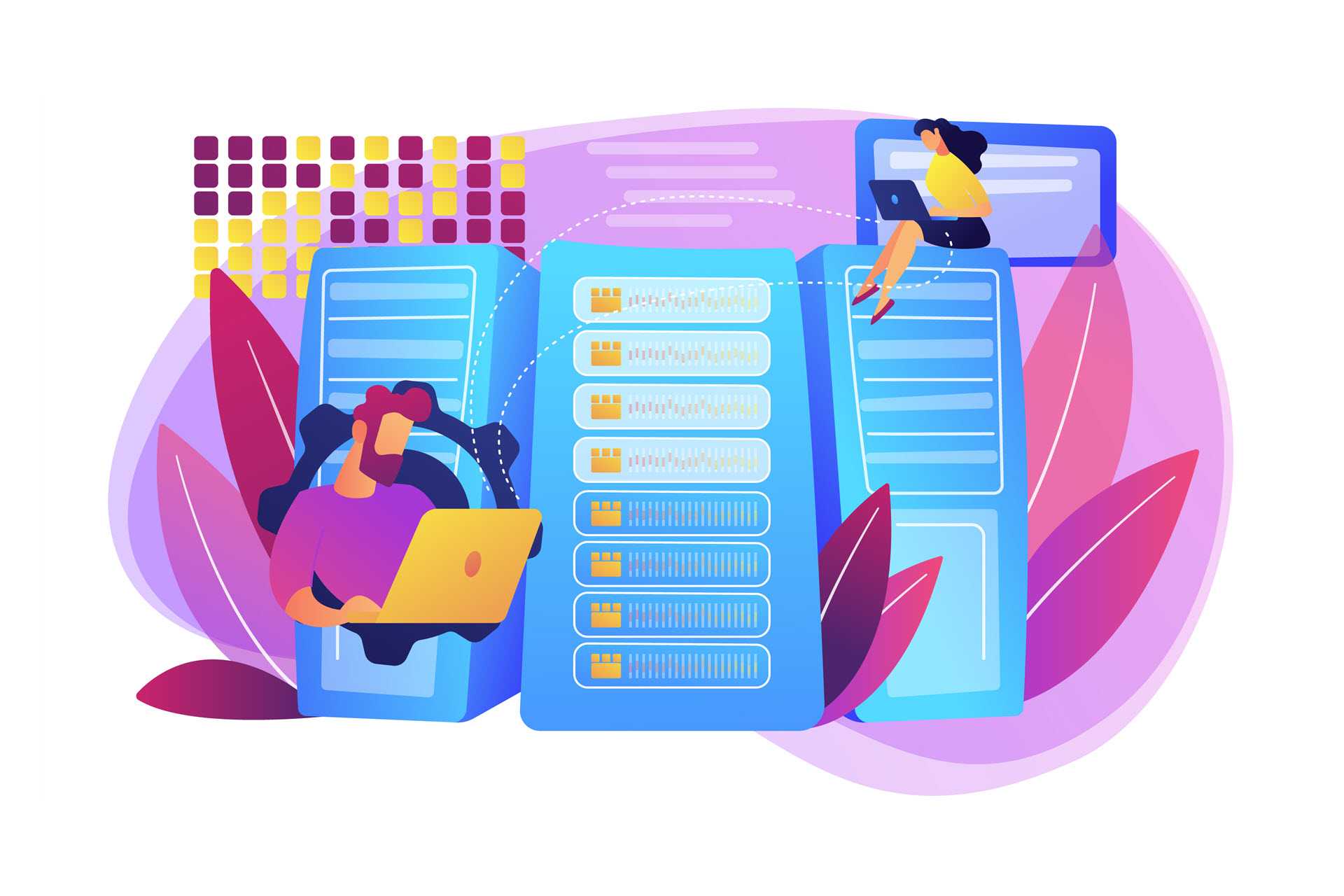Does your organization have firm ground rules regarding service delivery and client communication? Are your best practices for service level management clear?
If you want to be a quality network service provider, establishing SLA’s is a must.
The services you offer may vary from IT, hybrid cloud hosting, internet, or anything else under the sun. Regardless of the type, you need to develop clear standards to ensure your services meet the business requirements of your clients. At the same time, you should make it a part of your strategy to do so continually.
A mutual understanding that facilitates this is called a Service Level Agreement.
The SLA helps keep service providers accountable since they agree to follow the standards set in the agreement. For example, if it says you offer 5GB worth of cloud storage, but you only provide your customer with 3GB, you will be held accountable for not keeping your end of the bargain.
What is a Service Level Agreement (SLA)?
A service level agreement is a legal contract between you and the end user.
Its primary purpose is to make sure that both parties involved agree on the services you are providing and the standards to which you will adhere.
If you did not have an SLA, you would be able to deliver your customer as little cloud storage space as you wanted to and they would not have any proof that you promised them more.
A good SLA makes expectations between the client and contractor crystal clear. It is focused on defining the service levels, availability and performance standards, as well as the company’s performance goals. It also serves to help respond to dramatic changes and ensure the client’s business operates smoothly and efficiently.
3 Types of Service Level Agreements
There are three main kinds of SLA’s. Each one provides a different purpose that depends on the service provided.
Single Service Agreement
Service Level Agreements cover a single service for each customer. For example, you might be providing IT services to a company’s human resources department, administrative department, and marketing department. A service-level agreement would apply to all three offices, and they would all follow the same guidelines.
Customer-level SLA’s
Customer-level SLA’s are individual agreements between the customer and the cloud service provider. These kinds of SLA’s often cover several requests made by the same customer. For example, you would use it if a customer needed your company’s cloud software, hosting capabilities, and IT support.
Multi-level Agreements
Multi-level Agreements are compromised of service-level, customer-level, and corporate levels. They cover general service level issues for each customer in the organization.

Establishing SLA Best Practices: 8 Elements
Each agreement consists of many essential elements that help lay down what you do and what your clients should expect. How to develop a service level agreement?
1. A description of your service
Define what your customer is getting and what they need to know about your duties. Use plain language to ensure that your agreement is easy to understand.
2. Availability
Let your customer know what level of availability you offer and how often they can use your services. Some services might only be available during specific hours. Others might be more available depending on subscription levels.
You should also include any other limitations that the customer may face. For example, you might only provide IT support to a certain number of computers unless the customer is willing to pay more money for expanded services.
3. Metrics
Measure your performance indicators by meeting specific benchmarks. Trackable metrics might range from how much cloud storage you are providing or how quickly you will provide IT duties for their laptop.
4. Support and Customer Service
Tell your customer how they can report issues and how long it takes to solve those problems. Customers will get frustrated if it takes too long to resolve their issues as such complications make it difficult for them to get what they paid for.
5. Monitoring
Let them know if performance and activity will be tracked or recorded. You often must collect data to prove that you are meeting the established metrics, but some customers will be reluctant to give up such information.
6. Duration
How long will your services last?
Is it an ongoing agreement or a monthly contract? Establish a time frame with your client so that they know how long they can use your services per the agreement. They may want to extend their contract based on their future needs.
7. Consequences for failure to meet obligations
What happens if you do not provide the expected service?
Will you reimburse the customer or make it up to them somehow? This section ensures that you will provide the services you promised or be forced to compensate the customer in some way if you do not.
8. Constraints and escape clauses
There might be situations where you cannot provide your services. An escape clause might be something as simple as your customer breaching the contract but may include other conditions such as if your provided equipment gets irreparably damaged.
Each definition should be as specific and quantifiable as possible. You want to make sure that there are no misunderstandings between you and your client.

The SMART Model of Building an SLA
You should craft your SLA with the customer’s best interests and business management objectives in mind. You want it to be easy to understand, yet comprehensive enough to cover any situations that may arise. You should write it by using the SMART method, which ensures that it is:
Simple: Your end user should have a clear understanding of everything in the agreement. Language needs to be clear and direct with no room for misinterpretation. Do not load your agreement with too many superfluous words or complex definitions.
Measurable: As mentioned earlier, you must set metrics to track how efficient your services are. Typical parameters include uptime, information security measures, defect rates, technical quality, and business results. For example, a website host’s SLA might promise an uptime of 99.999% because the client wants their site running as often as possible. Monitoring the site’s uptime helps prove that you are delivering what you promised.
Achievable: You should be realistic and set down performance and technical goals that you can effortlessly meet. Do not try to shoot for the moon if you cannot reach it. Goals that are too hard to achieve will only discourage your team members and raise your client’s expectations to unreasonable heights.
Relevant: Everything in your SLA should apply to your customer’s needs and goals. Aligning it with your user’s broader business strategy ensures that both parties will work very well together.
Time-bound Priority Level: Set time limits as to when you will fulfill your customer’s needs. Users want their services to be as quick and responsive as possible. Failing to deliver on time will result in unhappy customers that might take their business elsewhere.
All businesses are susceptible to external factors.
Many times, the cause of disruption will be entirely out of their control. Your cloud storage service might run into network issues, suffer from hardware or software failure, need to undergo scheduled maintenance to protect against DDoS attacks. These situations will cause several problems for you and your customers as they will render your services obsolete.
Determine the best ways for your team to cope with unexpected events so that you can recover quickly and efficiently. You should also define security measures and practices to prevent such incidents from happening. For example, you could establish firewalls to protect your data from potential DDoS attacks. Also, make use of our PCI Compliance checklist.
It should also provide your SLA performance requirements so that clients know how you will protect their data.
Explain how you will uphold data privacy, reliability, disaster recovery, and preservation. Ensure that your clients are also following security best practices to protect their data by taking precautions such as revoking cloud access to disgruntled former employees. You should have a disaster recovery plan to mitigate damage when tragedies occur.
Your customers are looking for a service that best fits their needs.
Whether focused on capacity planning or increasing their performance and capacity levels, they want someone who will help their business run smarter, faster, better, and more efficiently. You should already have a good idea of what your market is looking for and adjust your service level agreement to meet that demand.
Craft your SLA’s with your customers to get the best results possible.
Get a better understanding of what exactly they want out of your service. Their goals should be your goals. When your clients have reached their personal or professional milestones, that means you have achieved yours as well.
SLAs need to be reviewed and updated from time to time.
Your team should always strive to improve the way it does things, so the agreement itself will have to be adjusted whenever new practices are suggested or promised. You want to increase your productivity, efficiency, performance, flexibility, capacity, and standardization.
You will want to notify customers about any updates you made to the service level agreement, especially the ones affecting work hours, availability, turnaround time, response time, and costs. Events such as software updates and organizational changes will also prompt review.
Use whatever metrics you have to compare your performance levels to the standards you have set. These parameters might include average response time, average problem resolution time, number of requests, and so on. If you have been exceeding your goals, you could set them higher.
If your team’s efforts have been slacking, perhaps it is time to realign your strategy.
Service Level agreement can be confusing to craft, especially from scratch, but they are an essential asset for every service provider.
Without an operational level agreement in place, contractors and clients would face a lot of legal headaches. They would lack focus and would find it challenging to maintain the efficiency of their operations.
Even when you have it developed, your work on it does not stop. You need to periodically review what you have written and always be mindful of suggestions and improvements. That way, you can ensure that you are continually meeting the expectations of your clients and partners.



